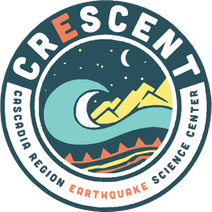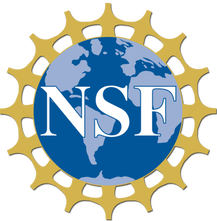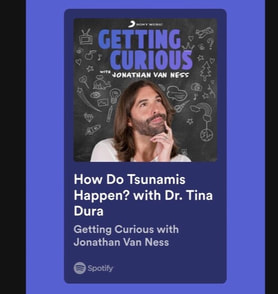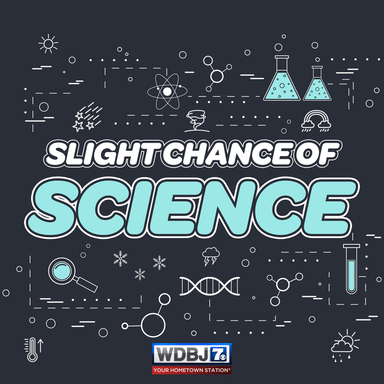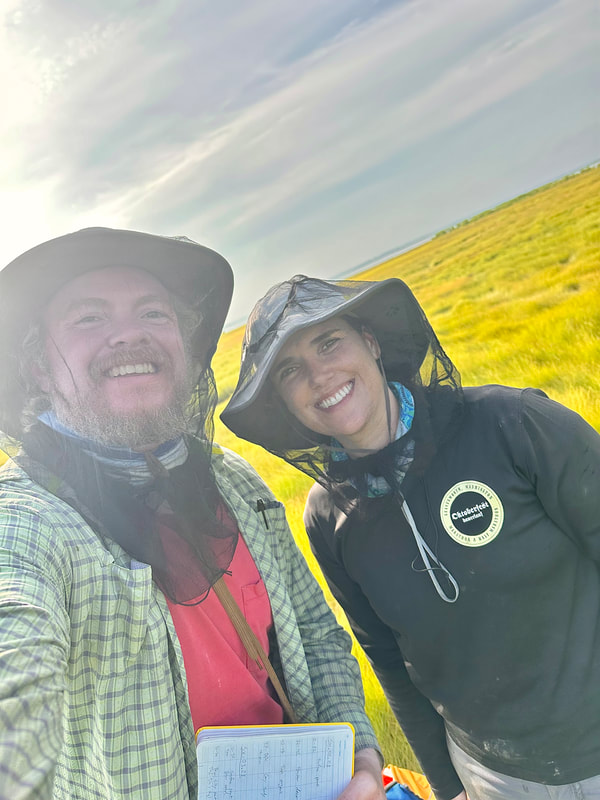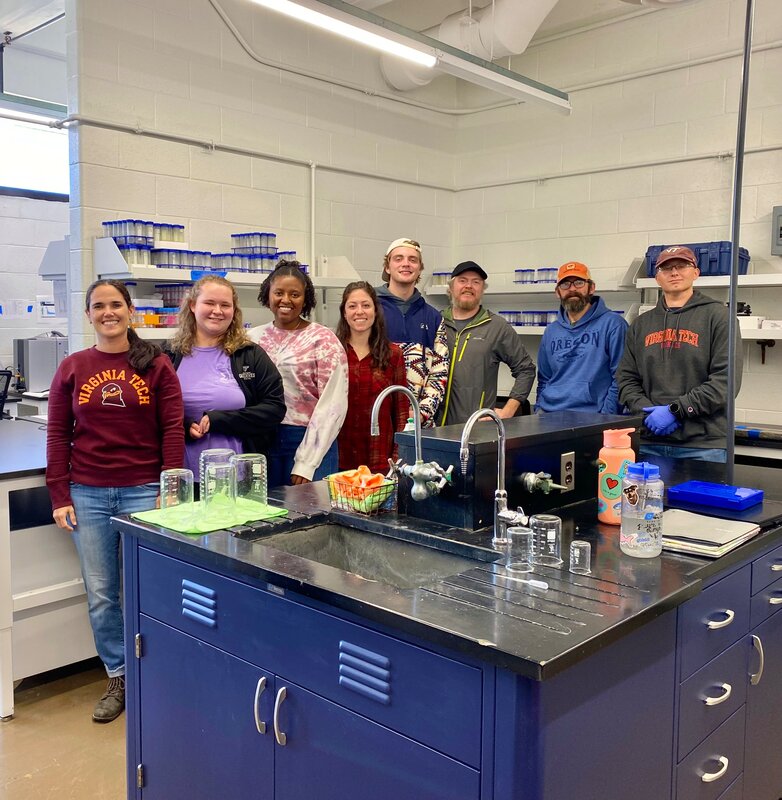Coastal Hazards Laboratory
Dr. Tina Dura specializes in subduction zone paleogeodesy, which combines the methods of coastal stratigraphy, sedimentology, micropaleontology, paleoseismology, geophysical and sediment transport modeling, and sea-level research to reconstruct long-term histories of coseismic vertical deformation and tsunami inundation along subduction zone coastlines.
The Coastal Hazards Laboratory at Virginia Tech is part of an interdisciplinary Coastal Hazards group at Virginia Tech, and is also affiliated with the Center for Coastal Studies at Virginia Tech, Global Change Center, and Fralin Life Sciences Institute. The Coastal Hazards Laboratory is also leading the Paleoseismology Working Group (CPAL) in the Cascadia Region Earthquake Science Center (CRESCENT), CRESCENT will be the first center of its kind in the nation focused on earthquakes at subduction zones, and will provide a systematic approach to collaboration between researchers in academia and those in agencies that have mandates to produce hazard information that stakeholders, practitioners, and the public at large can trust and use in the Pacific Northwest of the United States.
Recent news
|
Media |

